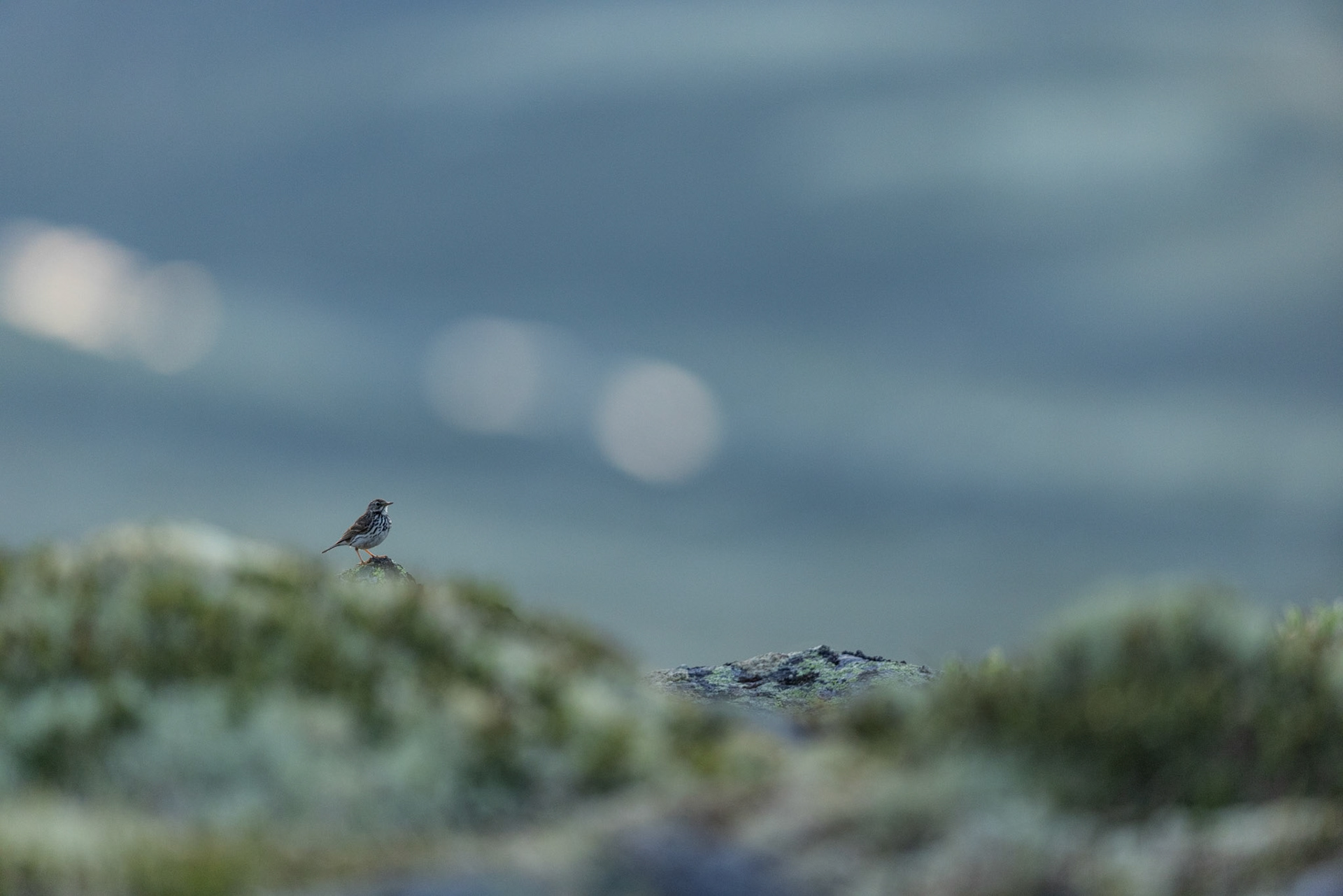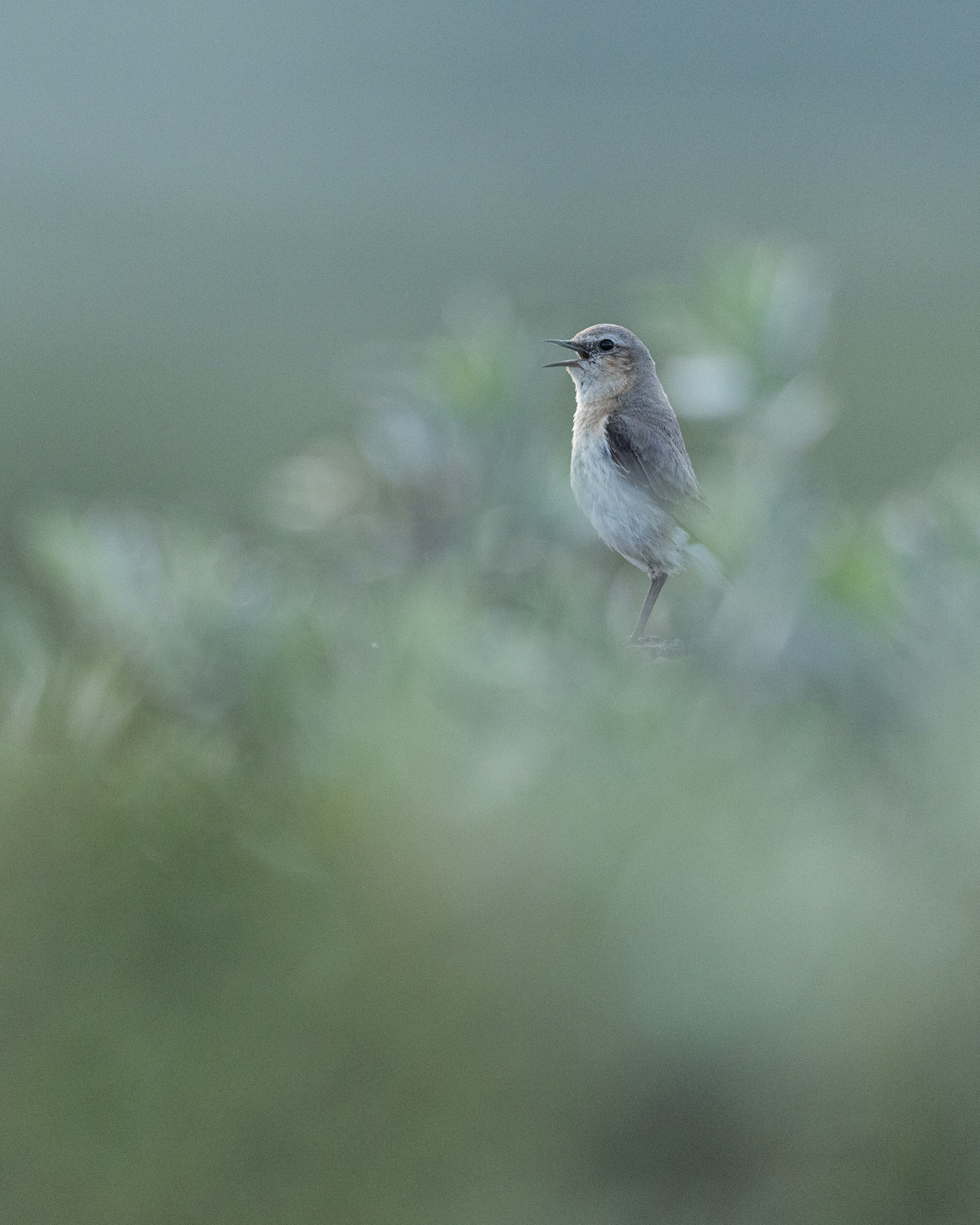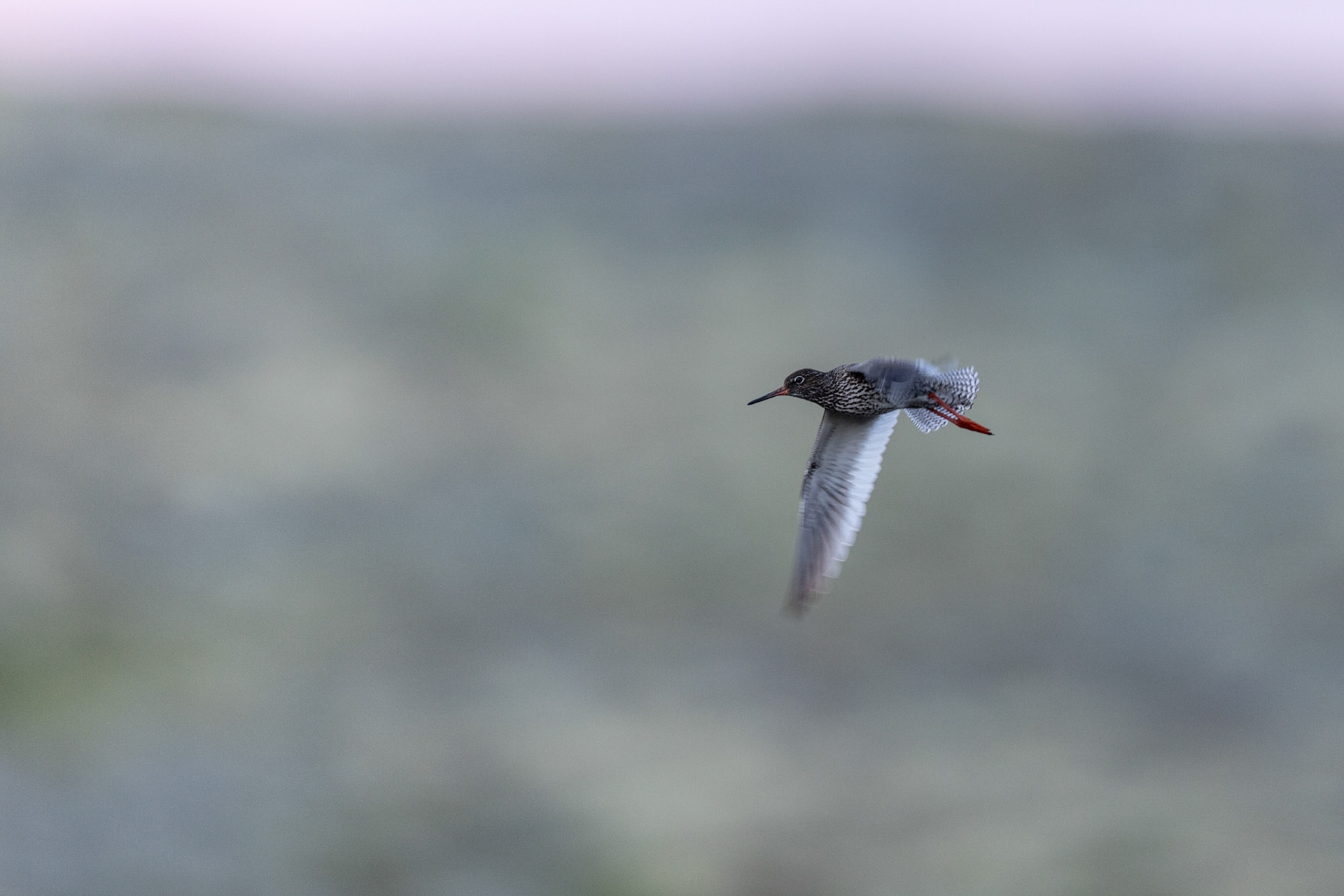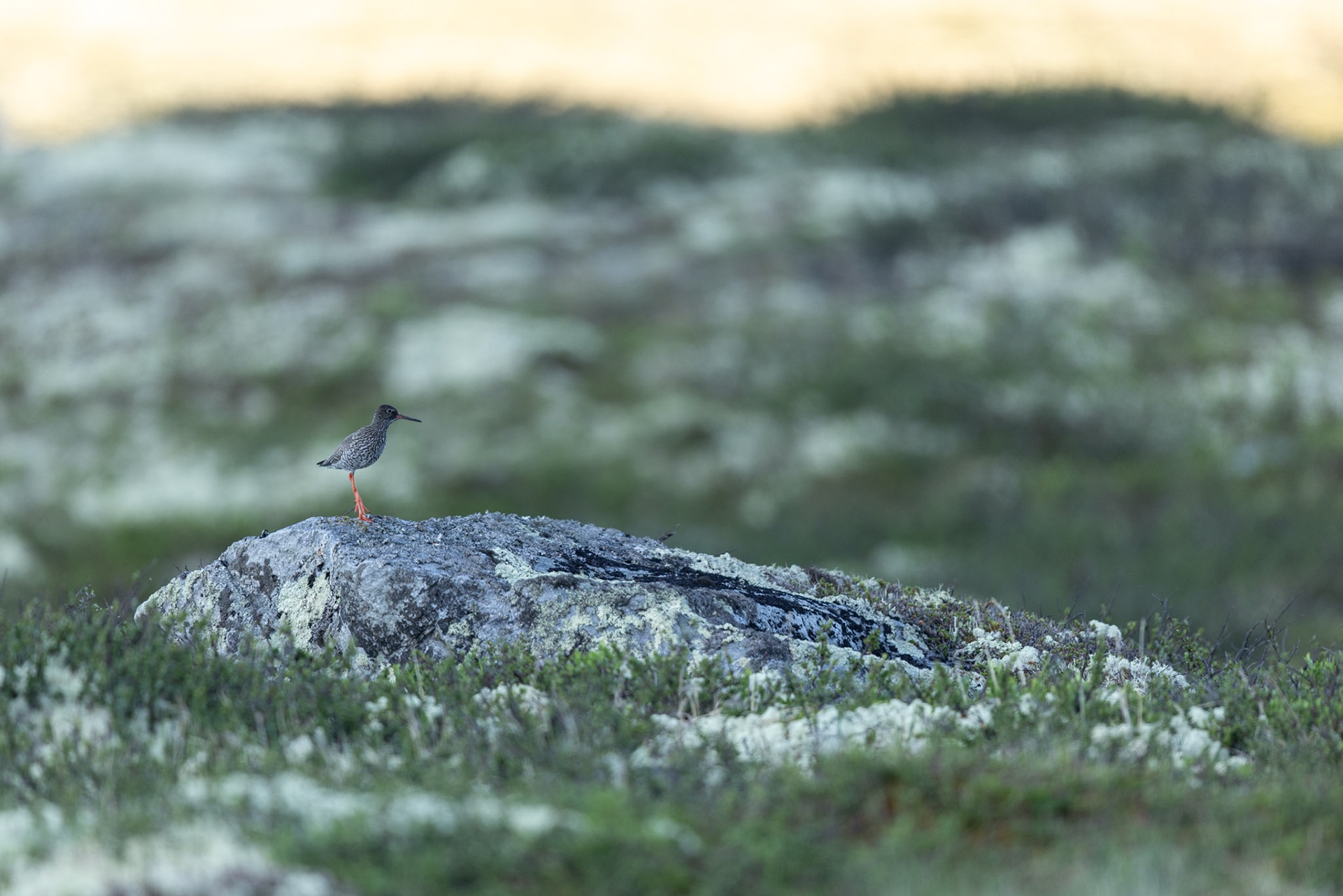Valdresflye
A summer wouldn't be complete without at least one visit to Norway. this year was no exception. We began our journey in the breathtaking Jotunheimen region. On recommendation, we explored Valdresflye, a high mountain plateau known for its diverse birdlife and excellent hiking trails.
While my son and I wandered over to a small patch of snow to play, we were immediately greeted by snow buntings and Lapland longspurs. What a start! The overcast skies were perfect for photography, after we had our fun in the snow, of course.
A highlight for my son was his first taste of A Norwegian waffle at the café, perfectly situated as a base for day hikes. Recharged and full of excitement, we hiked to the top of Fisketjernsnuten, a fairly easy 1.5 km trail one way. On the way up, we spotted our very first horned lark. Valdresflye is one of the best spots in the region to see them, and I knew right away that I’d return at sunrise.
As we descended, my son spotted a pair of rock ptarmigans completely out of the blue. An unforgettable moment.
Later, I scouted a known location where a male Eurasian dotterel had been seen sitting on eggs. Unfortunately, luck wasn’t on my side This time either. Still, I went to bed hopeful for a rewarding sunrise.
Despite only five hours of sleep, I woke up energized and eager to greet the mountain birds. The morning began beautifully: a dunlin and several common ringed plovers appeared early on. As I ascended Fisketjernsnuten again, I was treated to excellent photo opportunities with the hikers’ faithful companion: the golden plover.
At the summit, I was welcomed by the distinct song of horned larks. These birds often perch on large rocks, so I kept my distance to capture the full scene. bird, rock, and the mountain landscape bathed in the soft hues of sunrise. Snow buntings joined the chorus, allowing me to photograph their striking white plumage in that perfect morning light.
As the sun grew stronger and harsher, I began my descent, followed by both meadow pipits and golden plovers. Returning to the car, I found my son already awake full of energy and ready to play with Daddy, even at 6 AM. And I almost forgot to mention. while I don’t photograph butterflies as much these days, it’s always a treat to spot a mountain burnet. Surprisingly, a 600mm lens works quite well for butterfly photography too!
The following day, we hiked closer to Besseggen. Along the way, we had an unexpected encounter: a northern hawk-owl perched nearby. It was the first one my son had ever seen.


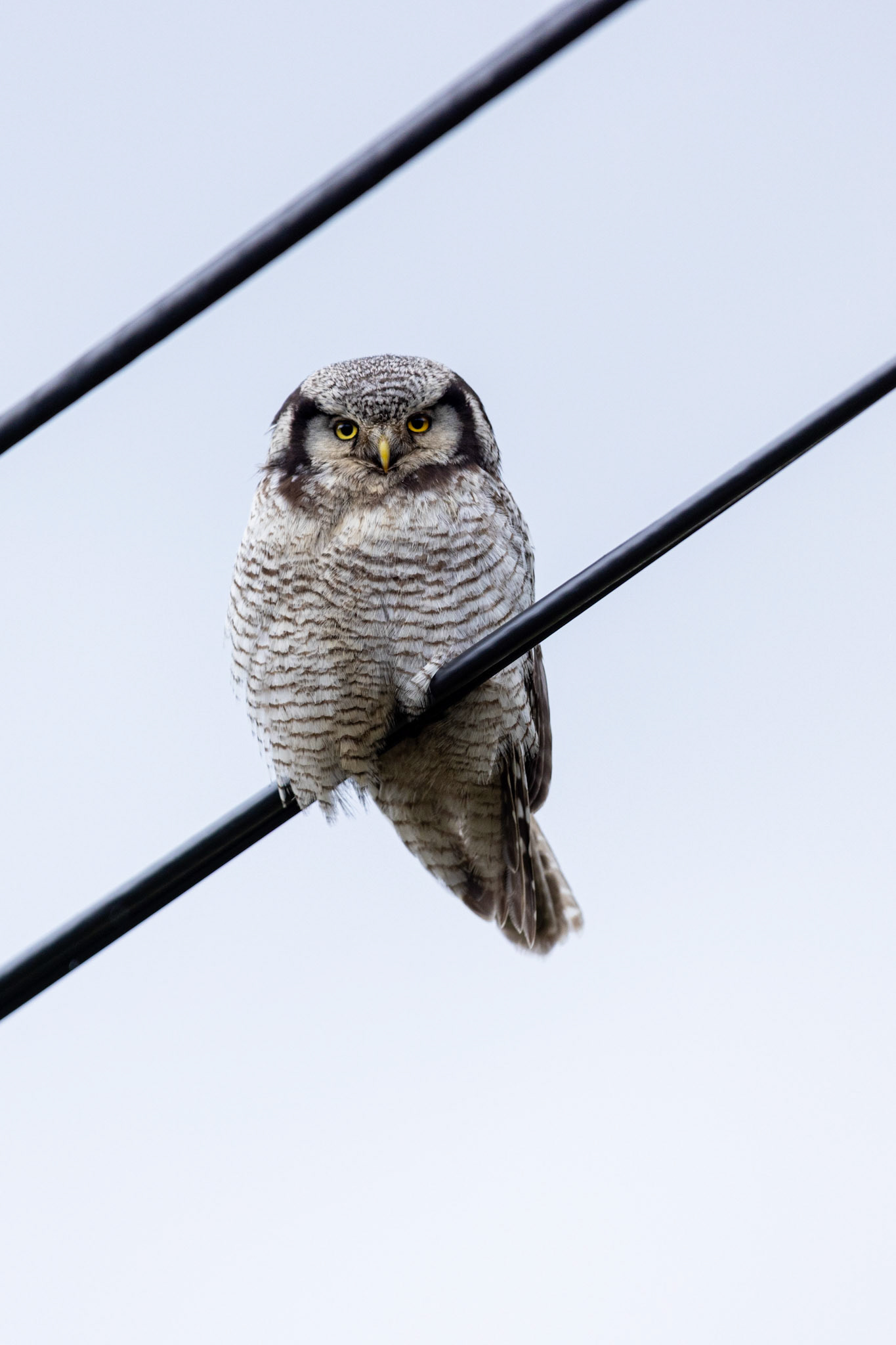

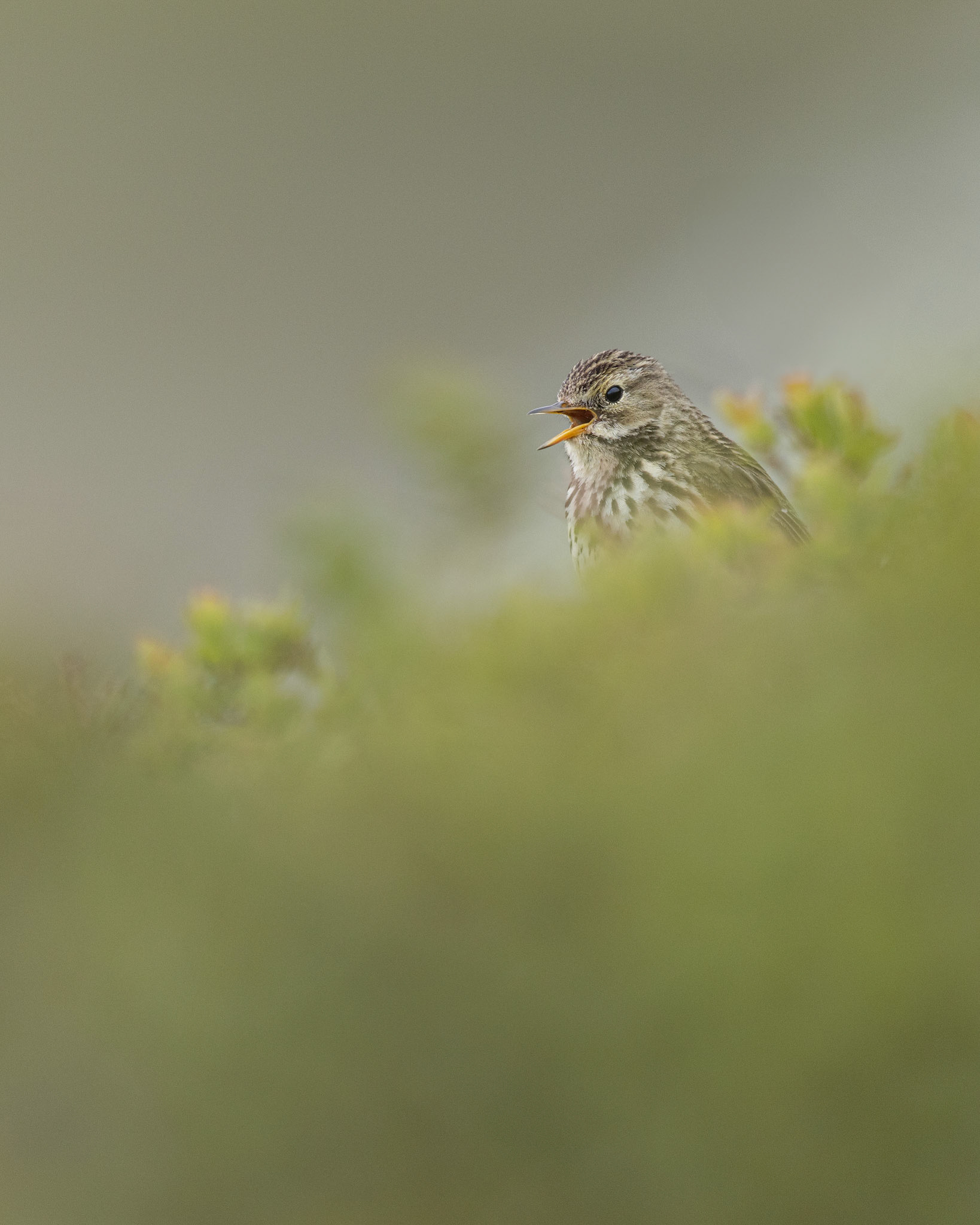


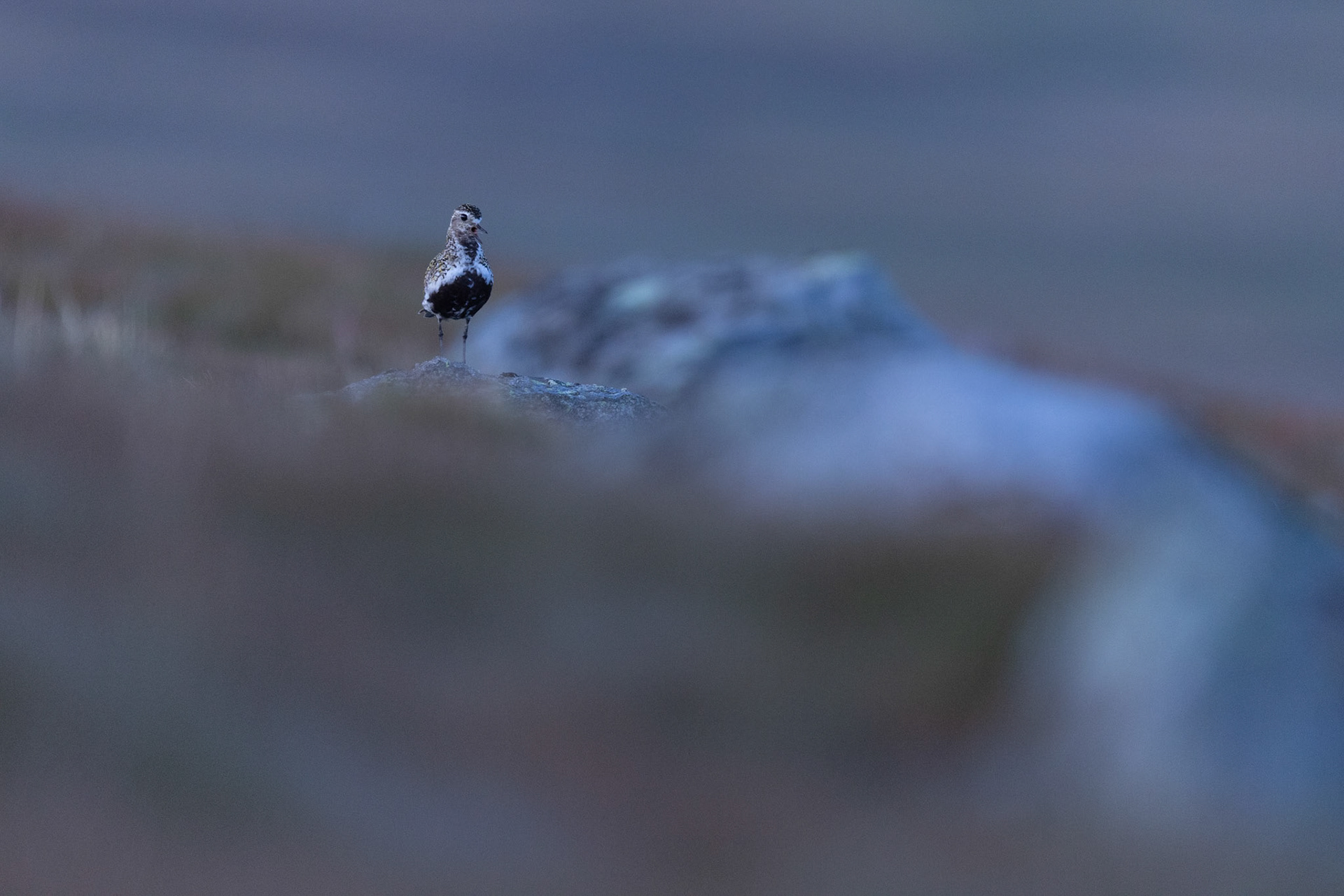
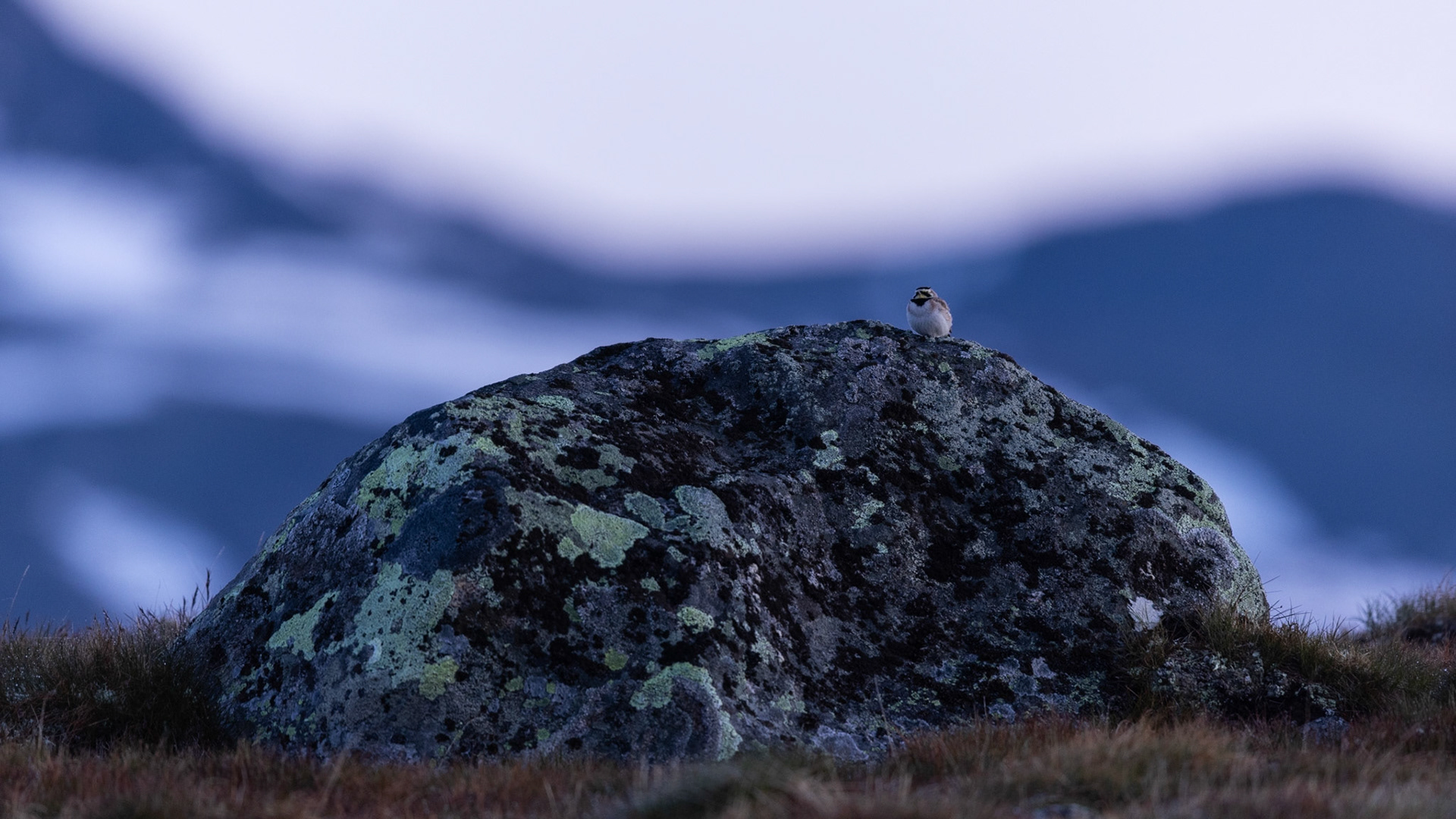
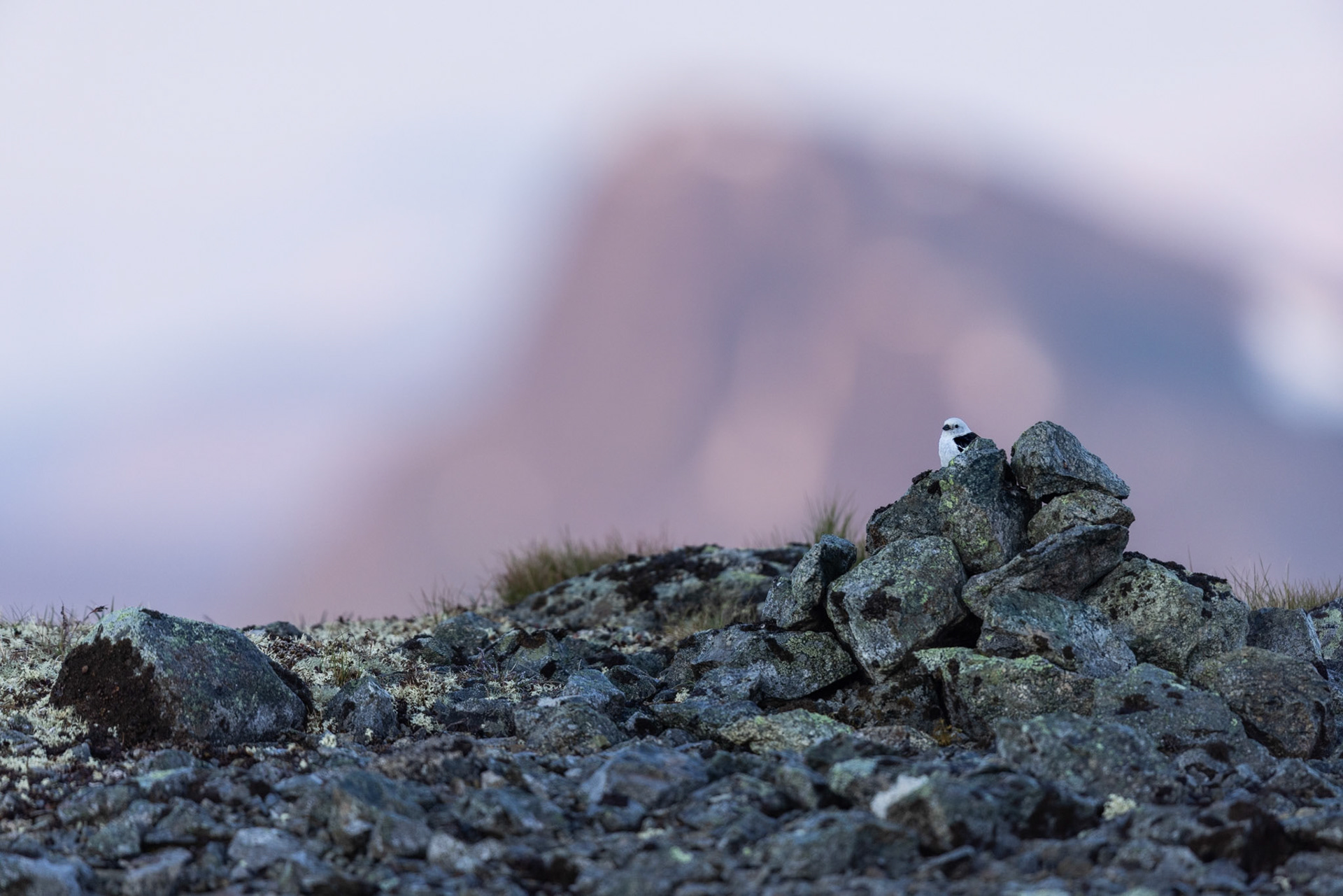
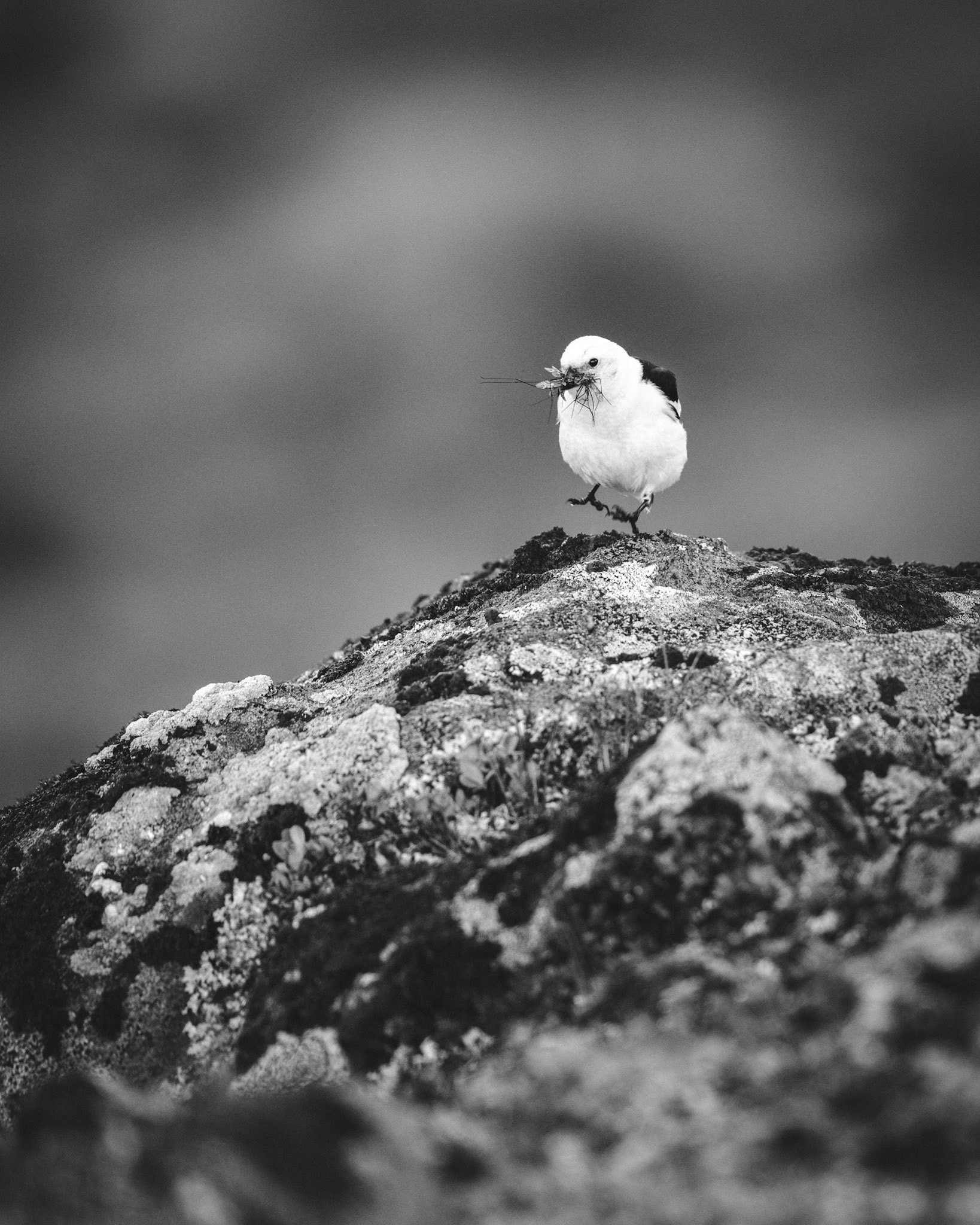

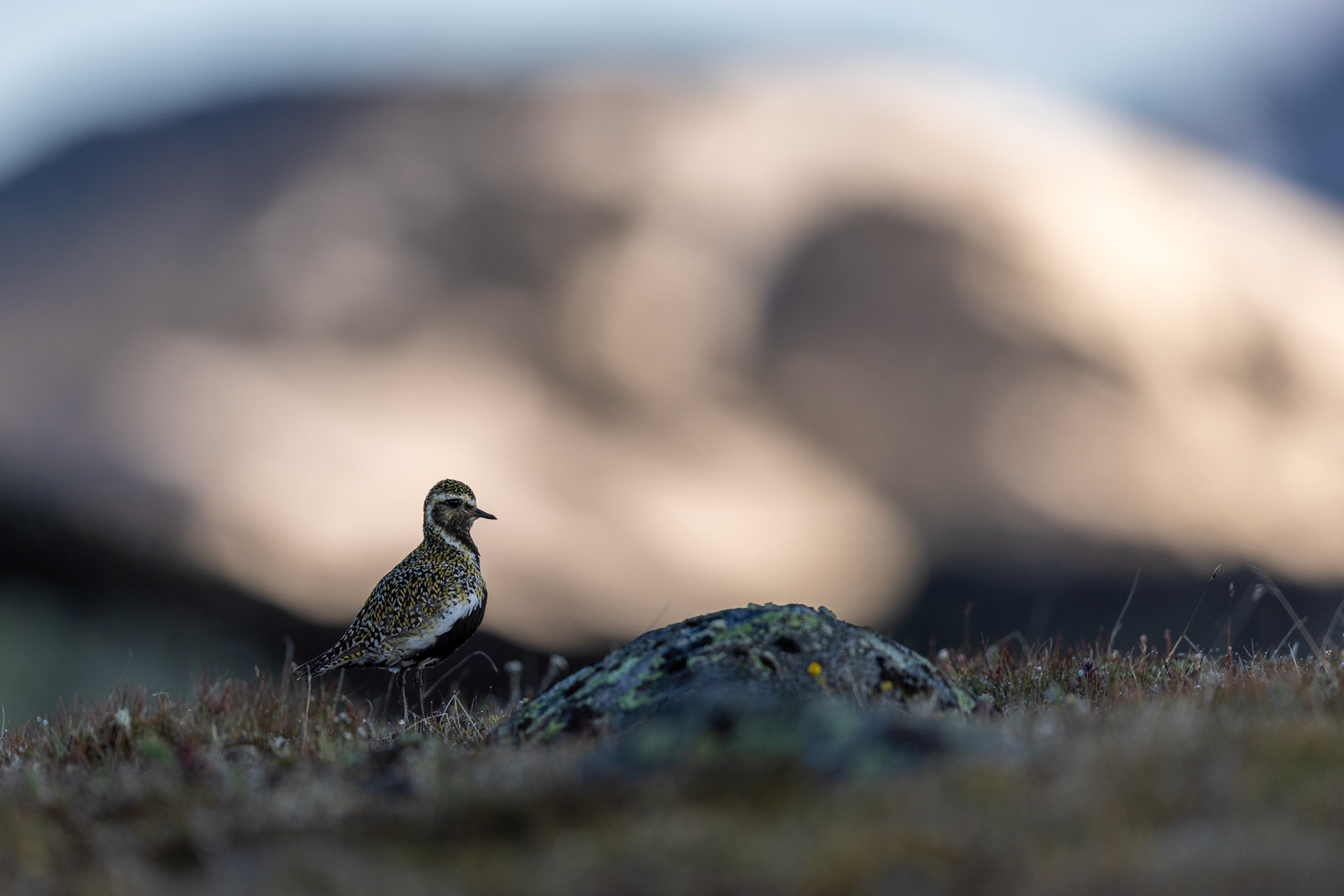
Strynefjell, Olden and Lovatnet
Since this trip wasn’t meant to be a dedicated bird photography journey but rather a family adventure filled with peace, joy, and laughter, we had planned several slower days around glacial lakes.
On our way to Lake Lovatnet and Olden, we spent a night at Strynsfjellet. The water was icy cold, but the views? Absolutely breathtaking. It's a must-visit if you’re traveling by car in the area. As we made our way down to the lake, a pair of common ringed plovers kindly posed for a few photos.
Near Lake Lovatnet lies the lesser-known glacier Kjenndalsbreen. While it may not be as famous as others in the region, its charm lies in exactly that. it’s quieter, far less crowded, and equally stunning. While taking in the view, I was lucky enough to spot a dipper. It was resting at a distance, likely taking a break, but seeing one that close to a glacier was a special experience.
At one of the campsites, we had glacier runoff flowing right next to our Campervan. One afternoon, the sharp alarm call of a common sandpiper caught our attention. My son and I hurried over to investigate, and there it was: a least weasel, darting and jumping across the rocks in the stream! I rushed back to grab my camera, but by the time I returned, the weasel had vanished. Still, I managed to get a decent shot of the sandpiper.
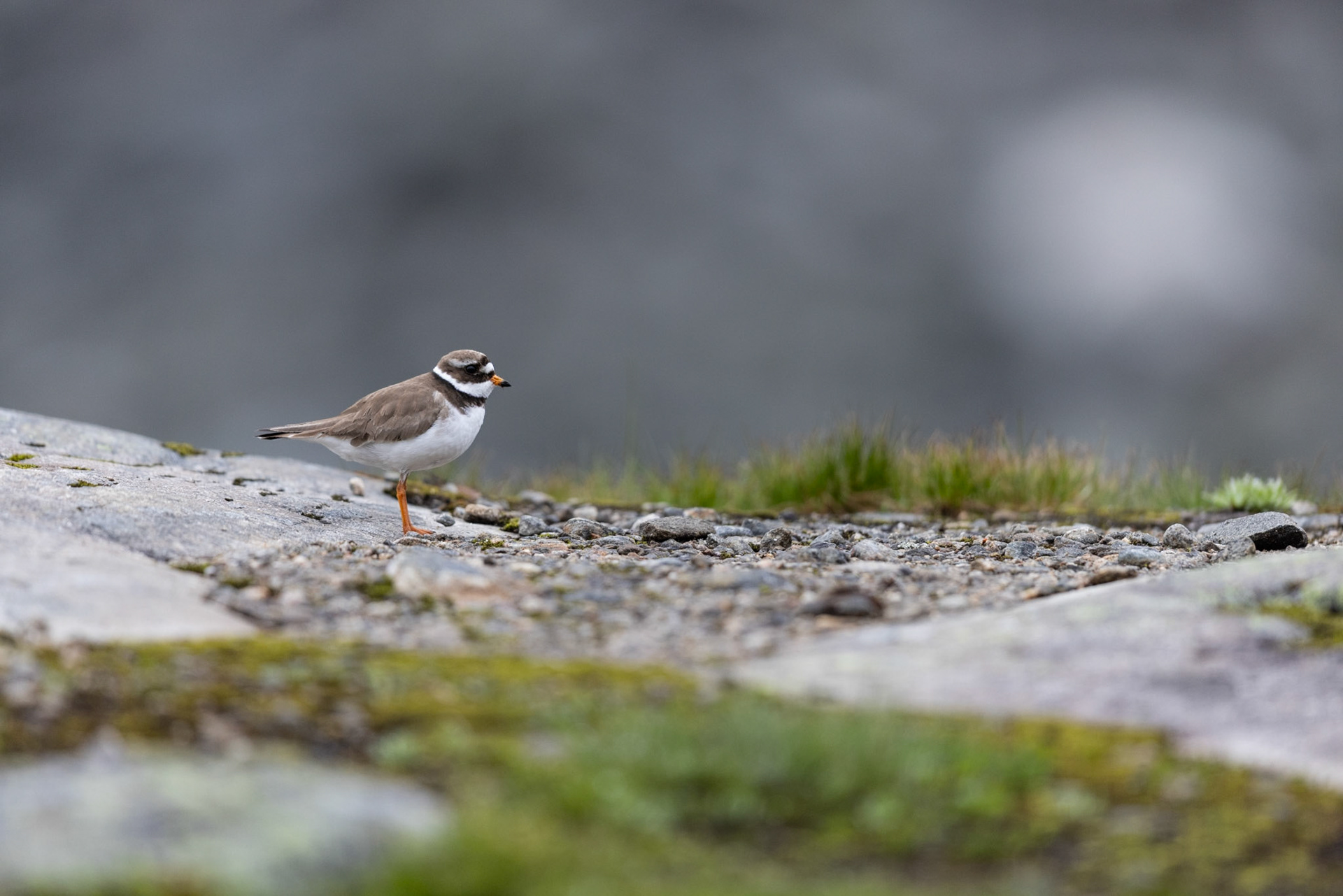


Runde
In between hiking and cooling off at glacial lakes during the midday heat, we took a detour to Runde, a place we last visited in 2019. While it’s always special to see the puffins, the true highlight this time was watching my 4-year-old son complete the hike up to the top and back down on his own.
As evening settled in and light began to fade. many people, my wife and son included. started heading back. Finally, the famous puffin spot became noticeably quieter. While the dimming light made photography more challenging, it also opened up opportunities to experiment during the blue hour. I managed to capture a few shots I’m genuinely happy with.
On my way back, a juvenile wheatear kept me company, following me for at least 500 meters. It’s always special to share the trail with wildlife like that.
About halfway down, I spotted a great skua sitting right on the path, something I had only hoped for. And then, out of nowhere, its partner appeared as well. I could hardly believe my luck!
Unfortunately, it was short-lived. A woman with a dog, who had already been quite disruptive earlier at the puffin site, was just behind me. She paused briefly, but then continued down the path, startling both skuas before I could get the shots I wanted. A real pity. Still, considering the situation and working with just a 1/25s shutter speed, I’m pleased with the image I managed to capture, complete with some moody motion blur from the skua arriving late in the scene.
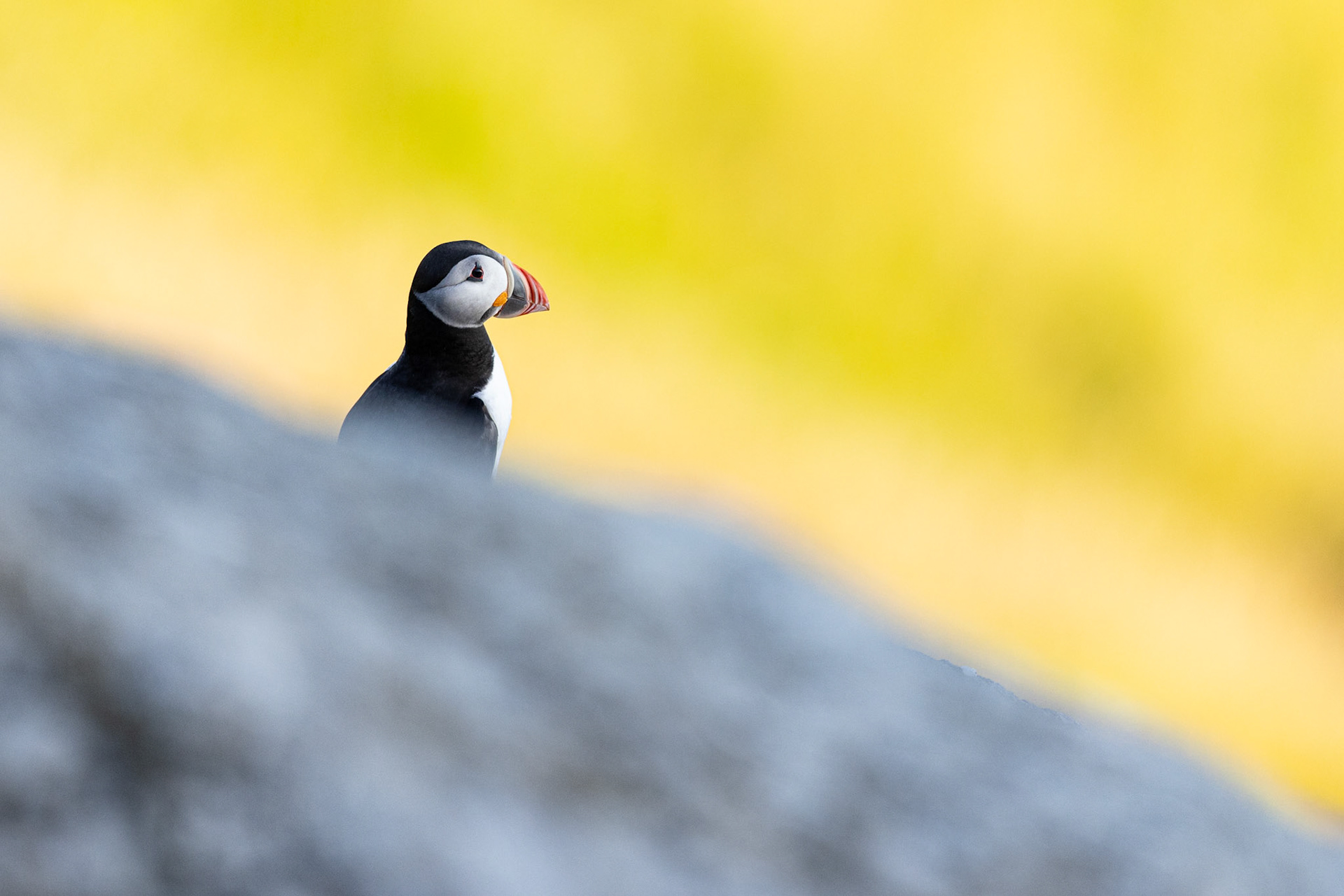


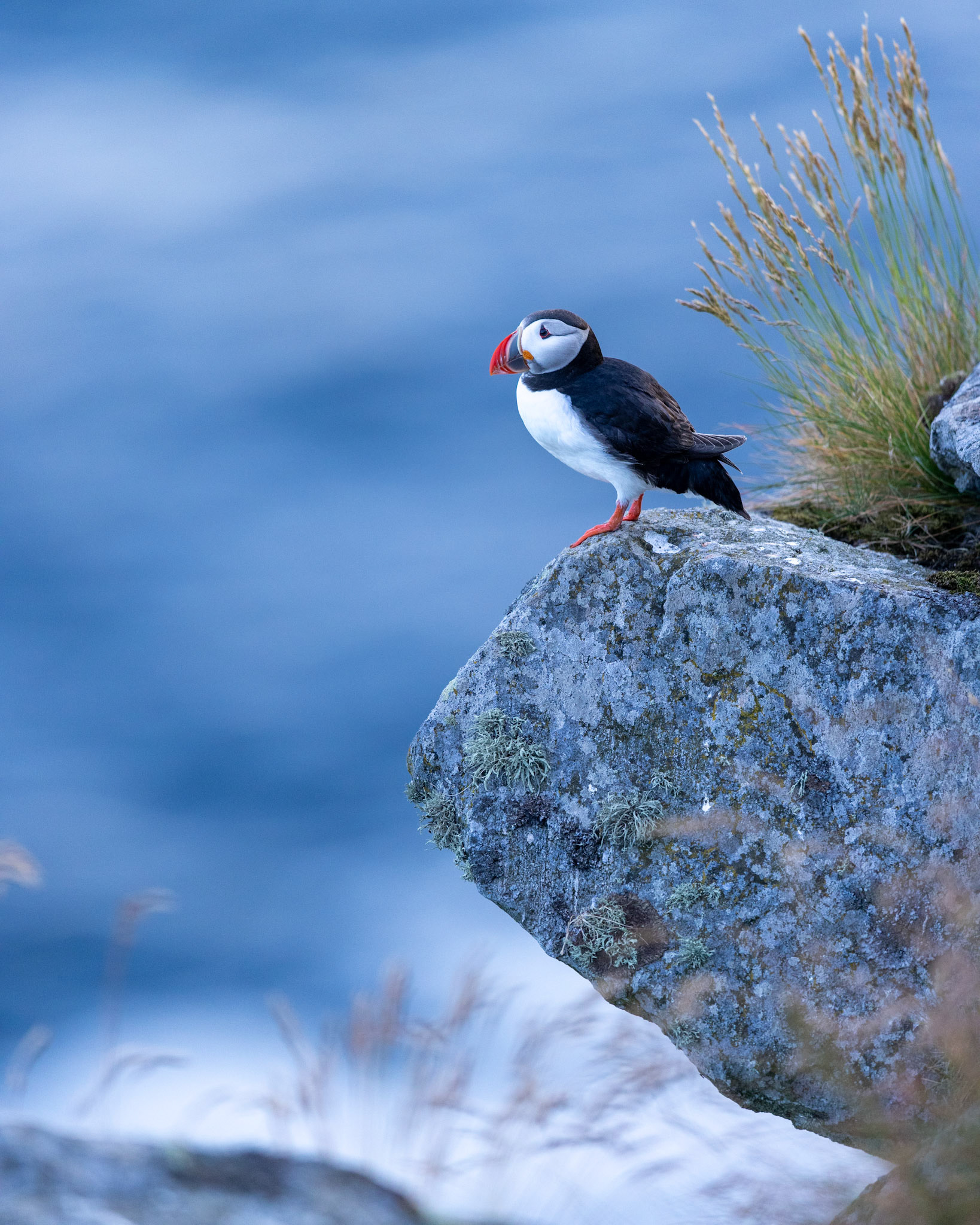



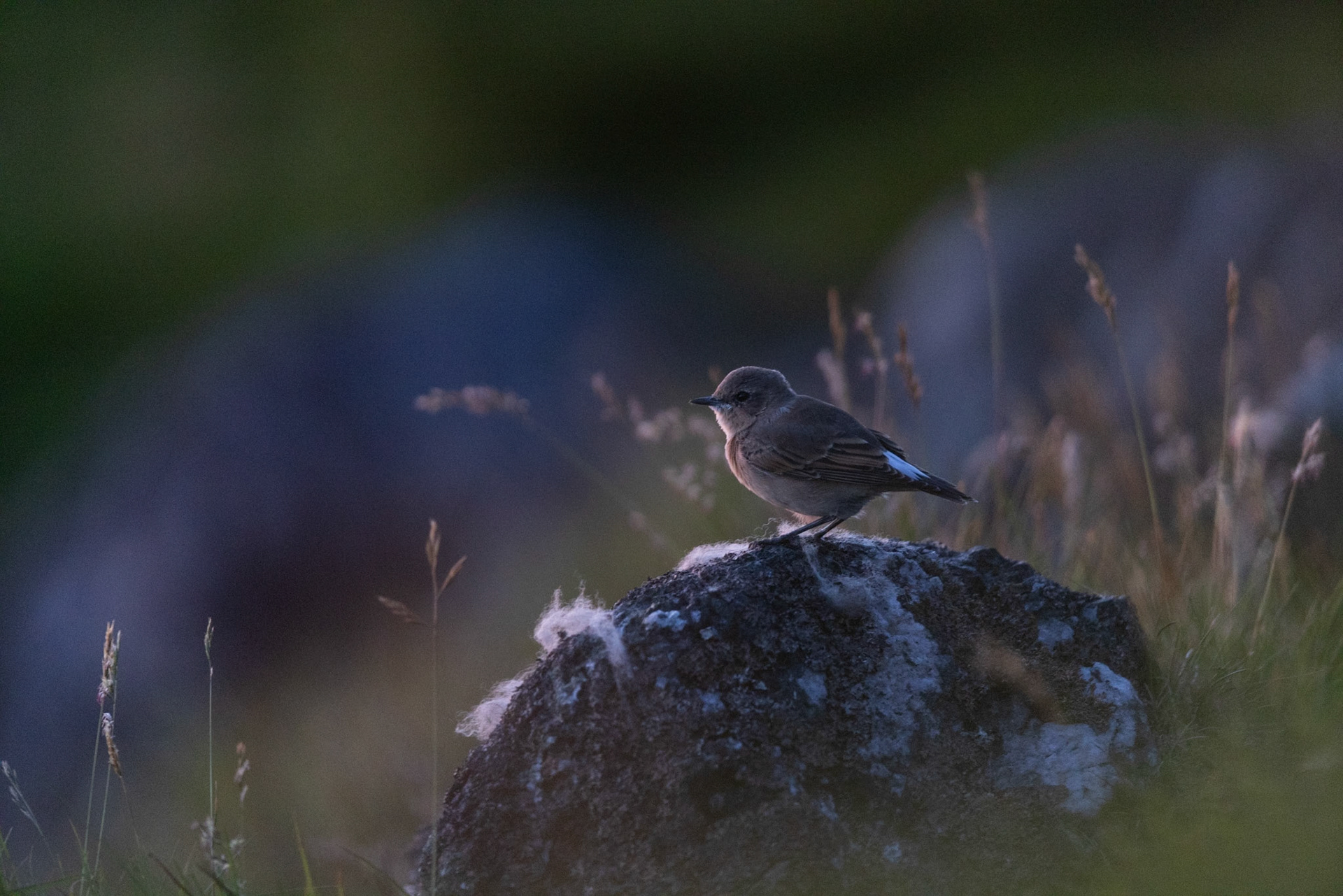



rondane national park
We decided to end our trip with a night in Rondane National Park. a place we've visited before and grown to love for its rugged landscapes and stunning colors. As sunset approached, I set off to climb one of the nearby peaks and explore the area.
The trail was alive with meadow pipits—and, unfortunately, an unbelievable number of mosquitoes. Nearing the summit, I heard a call I initially mistook for a common buzzard, but it turned out to be a rough-legged buzzard. I managed to capture the scene just as its call echoed through the vast landscape of Rondane. That moment gave me my favorite image from the trip. It might not mean much to others, but it speaks volumes to me—and maybe that’s what really matters.
Filled with joy, I began my descent, but the combination of golden light, wheatears, and more meadow pipits everywhere made it impossible not to stop. After a while, I realized why there were so many birds—the mosquitoes had made sure dinner was served. Despite the bites, I stayed. It was worth it. A little itching the next day was a small price to pay.
Since it was our final day in Norway, I decided to rise early for one last sunrise. I hiked about 40 minutes to a small pond near our campervan. On the way, I heard the call of a redpoll—a reassuring sign that some birds were still around, even in mid-July.
Just as I reached the lake, I heard a familiar sound: a common redshank. It's a common species, yes, but one I had never managed to photograph properly. I lay down to observe—and it turned out to be a good decision. I spent at least an hour with it, experimenting with portraits, flight shots, wide-frame compositions, and more.
A family trip to Norway with a touch of bird photography—that’s the perfect mix, if you ask me.
Until next time, Norway.


